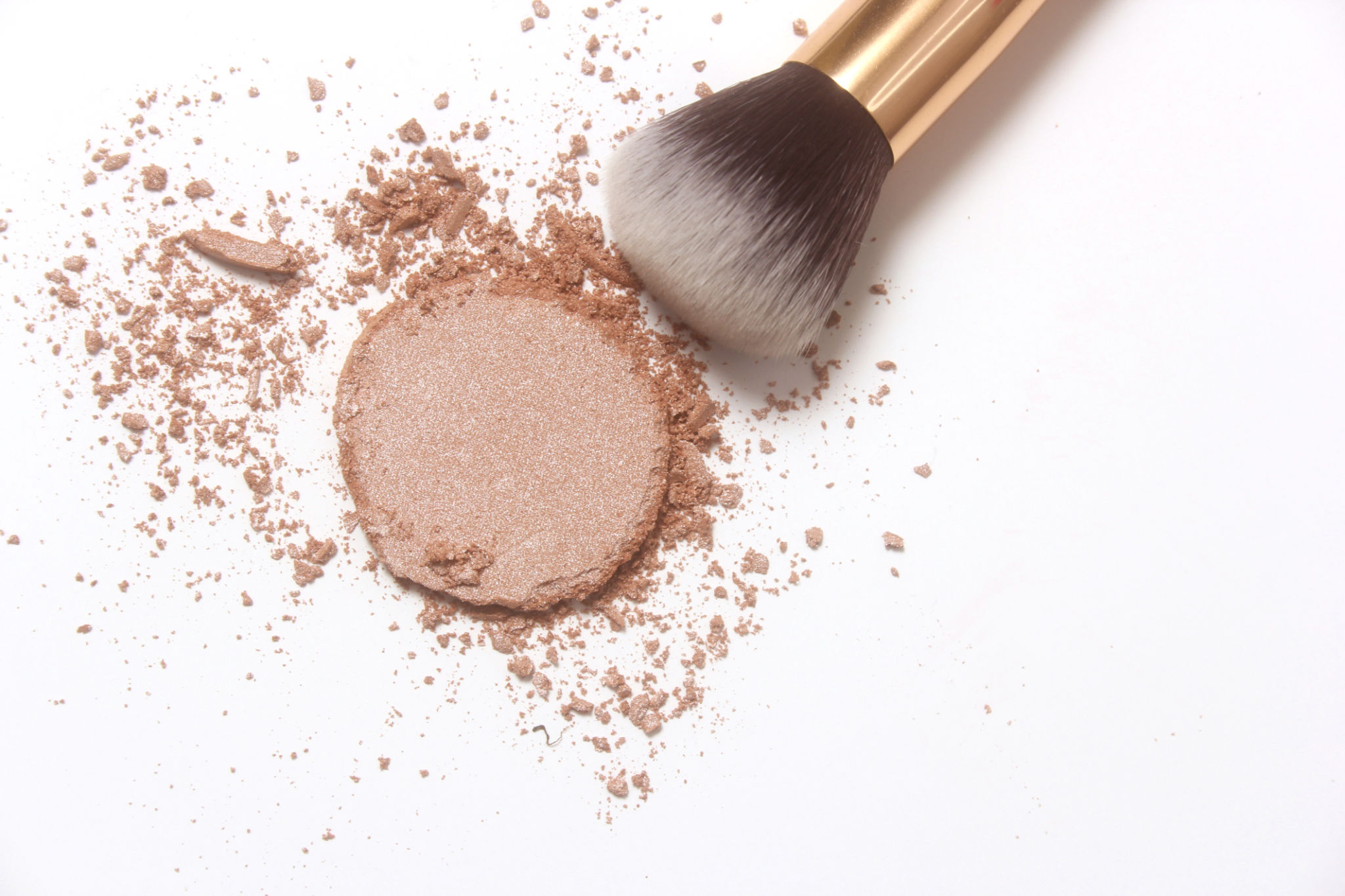Behind the Scenes: The Process of Creating High-Quality Cosmetic Lakes
Introduction to Cosmetic Lakes
Cosmetic lakes are vibrant pigments used in a variety of beauty products, from lipsticks to eyeshadows. These pigments are known for their rich hues and colorfastness, making them a staple in the cosmetics industry. But what exactly goes into creating these high-quality cosmetic lakes? Join us as we take a peek behind the scenes and explore the intricate process involved in crafting these essential components.

Sourcing Raw Materials
The journey of creating cosmetic lakes starts with sourcing high-quality raw materials. These pigments are primarily made by combining a dye with an insoluble substrate, commonly aluminum or calcium salts. The choice of dye and substrate is crucial, as it determines the final color, texture, and durability of the pigment. Manufacturers meticulously select these raw materials based on stringent quality standards to ensure the final product's safety and efficacy.
Many manufacturers prioritize sustainability and ethical sourcing, opting for natural dyes and eco-friendly substrates. This not only helps in reducing environmental impact but also caters to the growing consumer demand for clean beauty products.
The Manufacturing Process
Once the raw materials are sourced, the manufacturing process begins. This involves several key steps:
- Dye Selection: Choosing the right dye is critical for achieving the desired hue. Popular dyes include natural substances like beetroot or synthetic options, each offering a unique spectrum of colors.
- Milling: The dye is ground into a fine powder to ensure even distribution and consistency in the final pigment.
- Laking: The powdered dye is mixed with the chosen substrate to form an insoluble compound. This step involves precise chemical reactions that require expert handling.

Quality Control and Testing
Quality control is an integral part of creating cosmetic lakes. Manufacturers conduct rigorous testing at every stage to ensure that the pigments meet industry standards. This includes assessing color consistency, particle size, and stability under various conditions.
Advanced technologies, such as spectrophotometry, are used to measure the intensity and purity of the colors produced. Additionally, stability tests are conducted to ensure that the pigments maintain their vibrancy over time when used in cosmetic formulations.
Application in Cosmetics
Once the cosmetic lakes pass quality control tests, they are ready for application in various cosmetic products. These pigments are mixed into formulations to create an array of beauty products such as lipsticks, blushes, and nail polishes. The vibrant colors and long-lasting properties of cosmetic lakes make them ideal for these applications.

Innovation and Trends
The world of cosmetic lakes is constantly evolving, with manufacturers continually exploring new technologies and trends. Recent innovations include the development of bio-based substrates and the use of nanotechnology to enhance color saturation and dispersion.
Additionally, there's a growing trend towards producing vegan and cruelty-free pigments to align with consumer preferences for ethical beauty products. These innovations not only push the boundaries of what's possible in cosmetic pigmentation but also cater to a more environmentally conscious market.
Conclusion
The process of creating high-quality cosmetic lakes is a fascinating blend of science, innovation, and artistry. From sourcing sustainable raw materials to implementing cutting-edge technologies, manufacturers work diligently to produce pigments that enhance our favorite beauty products. As consumer preferences evolve, so too will the methods of creating these vibrant colors that bring our cosmetics to life.
